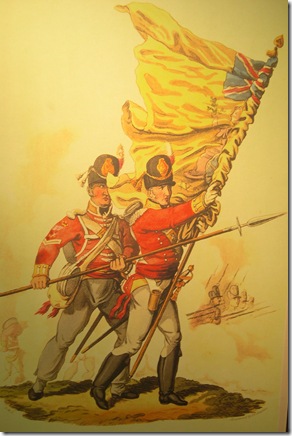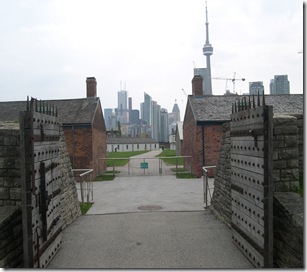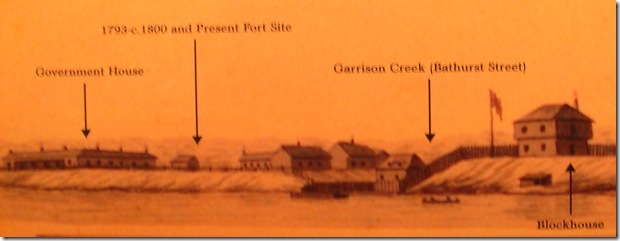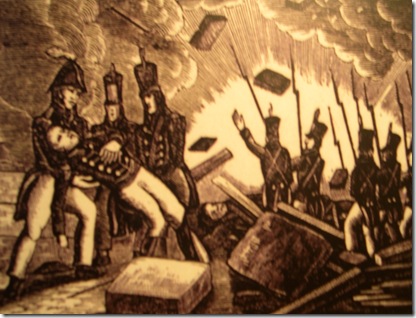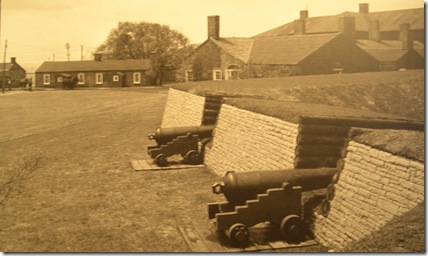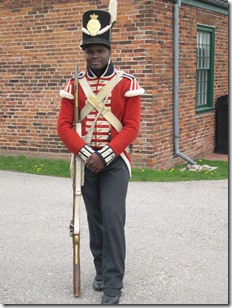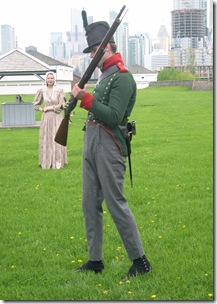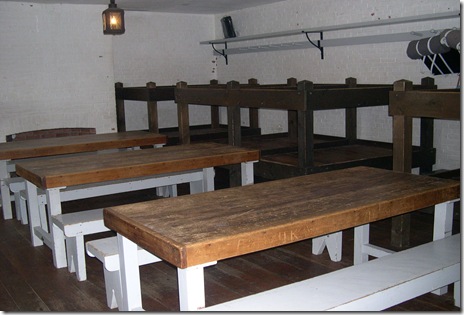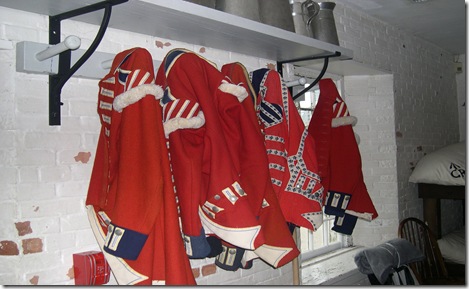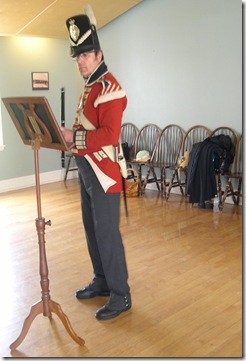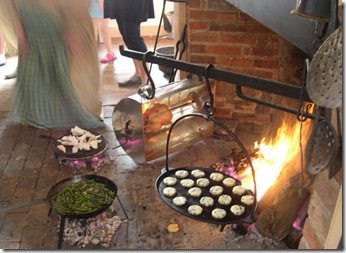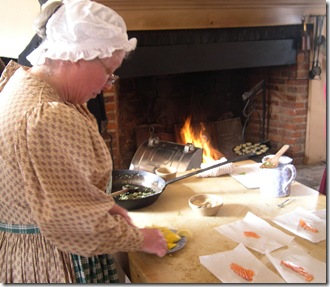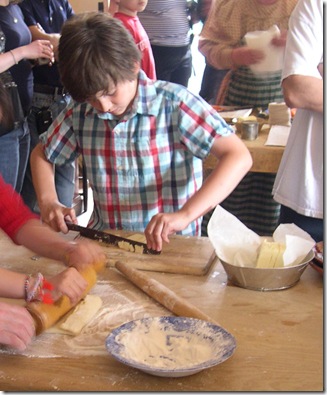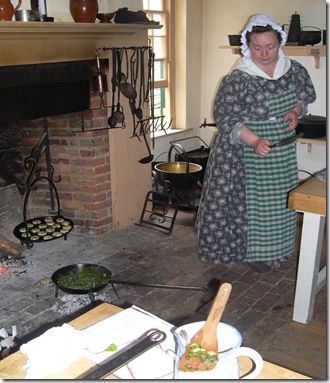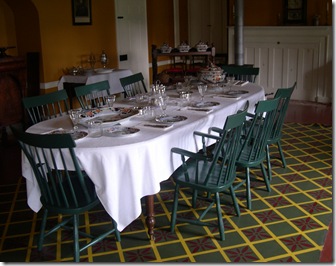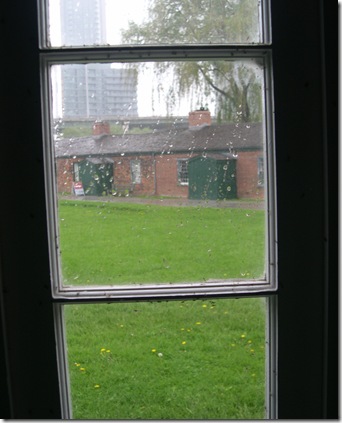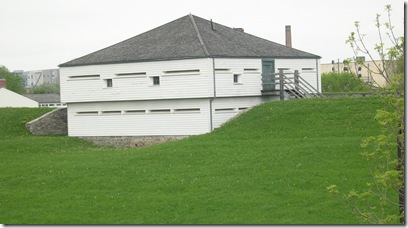Visiting Fort York
Today I walked among the oldest surviving buildings in our city. The fort was destroyed during the American invasion of York in April of 1813. It was rebuilt during the years 1814-1815, and remained Toronto’s main defensive infrastructure for many decades. The buildings today contain excellent displays outlining the history of the fort. A recent article in the Star newspaper reported that archaeological investigations are now trying to pinpoint the foundations of Government House, built in 1800 as the official residence of the lieutenant-governor of Upper Canada. Next year will be the 200th anniversary of the War of 1812, and the fort will figure prominently in the celebrations.
The brief passage (below) about Fort York is from the book The Villages Within, a tongue-in-cheek version of the history of Toronto.
Shortly after Governor Simcoe relocated the provincial government from the Niagara Region and established it at York, he ordered the military to construct fortifications near the western entrance to the harbour. No doubt, few of the colonists greeted the idea with enthusiasm, as they preferred Dorchester’s method of “bottle fortification.” However, once the construction began, I am certain that they admitted that it was a novel idea, and although it was hard on the back, it was easier on the liver. This was fortunate, as Dodd’s Little Liver Pills had not yet been invented.
When Fort York was completed, they referred to the land surrounding it as the Military Reserve. It extended west to present-day Dufferin Street, east to Spadina, north to Queen Street, and south to Lake Ontario.
In the 1790s, the Toronto Islands of modern times was a peninsula, as there was no eastern gap. A severe storm severed the connection to the mainland in 1858. When it was a peninsula, it provided shelter against the storms of the lake and offered protection should American forces invade from across Lake Ontario. People from the town of York could walk to the islands. It’s a pity the islands did not remain as a peninsula, as it would have reduced crowding at today’s ferry terminals. In addition, people who wish to fly from the island airport could have walked to the terminal from Ward’s Island.
It would serve them right.
I suppose Elizabeth missed the bright lights of her native isle, because the Simcoes finally decided to return to England. During the years following the departure of the Simcoes, York continued to expand. An increase in population was inevitable in a town with no television or internet services to amuse the inhabitants.
Pictorial History of Fort York
The four photographs below are from the displays contained within the fort.
Fort York as it appeared from the shoreline in the first decade of the nineteenth century
Sketch showing the location of the fort and its surroundings.
Library and Archives Canada – c 7434
This anonymous print from the year 1813, depicts the damage inflicted on the American troops when the British exploded Fort York’s powder magazine. The American commander of the invasion, Brigadier-General Zebulon Pike, was killed in the explosion. The blast was seen and heard as far away as the mouth of the Niagara River.
City of Toronto Archives, Fonds 1231, Item 809
After many years of neglect, Fort York was restored by the City of Toronto and was reopened on Victoria Day in 1934.
Photos from my Recent Visit to the Fort
The 1815 Barracks, showing the bunk beds and eating tables for the troops. Alcoholic drinks were forbidden. A replica of a sign that was posted for the soldiers states, “no tippling allowed.”
Uniforms on pegs in the 1815 barracks.
Costumed volunteers at the fort performing a popular early nineteenth-century dance.
Musician providing music for the dance.
Kitchen of the officers’ quarters, where a chicken is roasting in a reflector oven. The spit was turned by hand.
Volunteer cook in the kitchen of the officers’ quarters.
Children preparing food in the officers’ kitchen.
Costumed volunteer in the kitchen of the officers’ quarters.
Dining table in the officers’ mess.
View from the officers’ quarters during a rain storm.
The 1813 blockhouse. Farewell to Fort York until my next visit.
